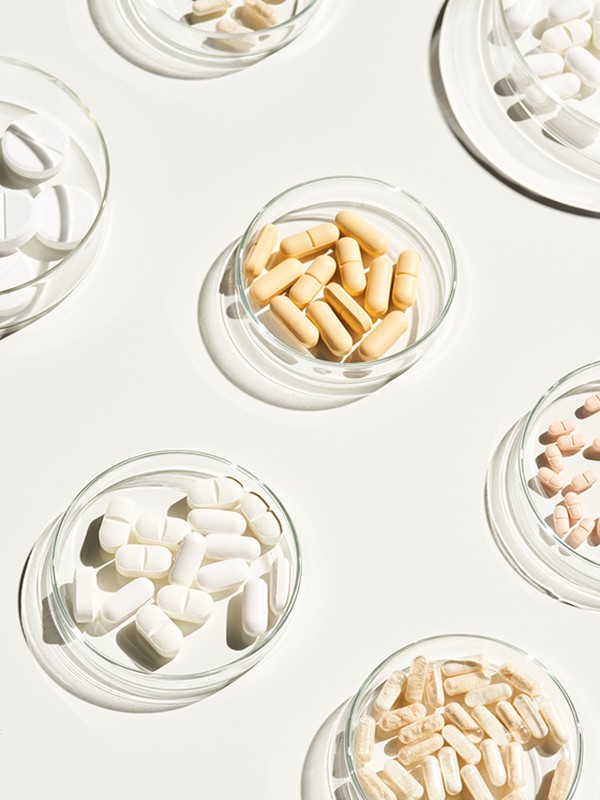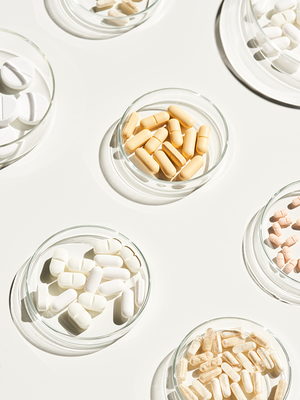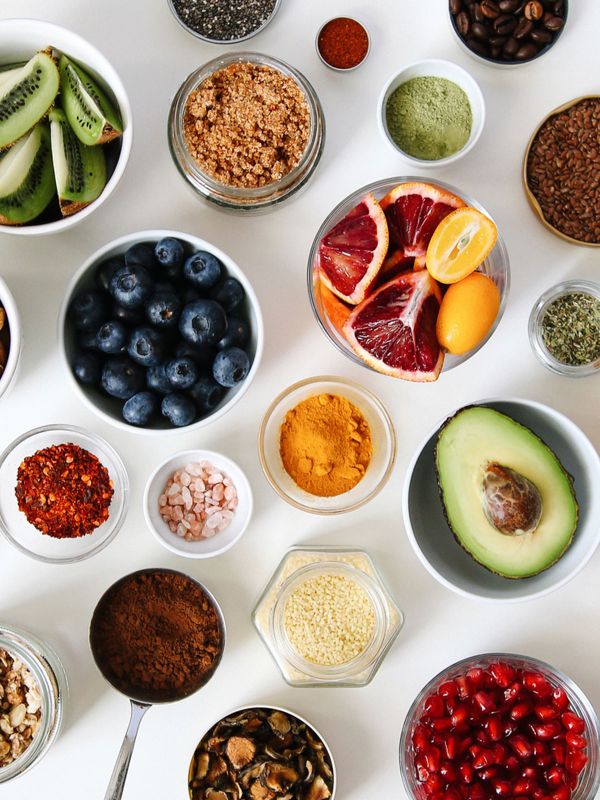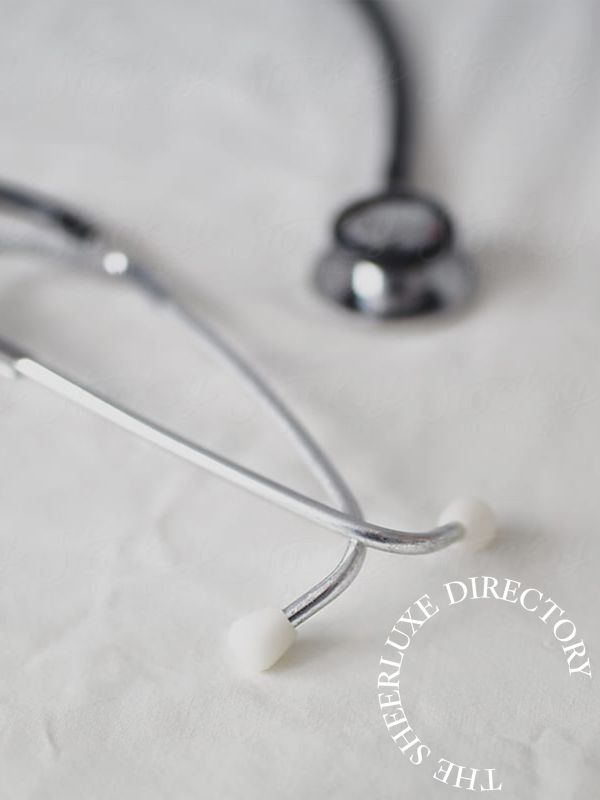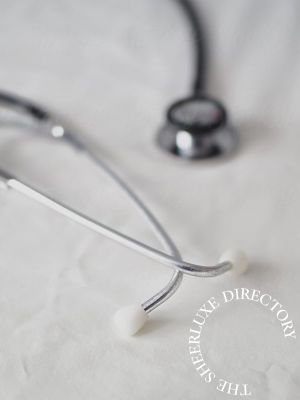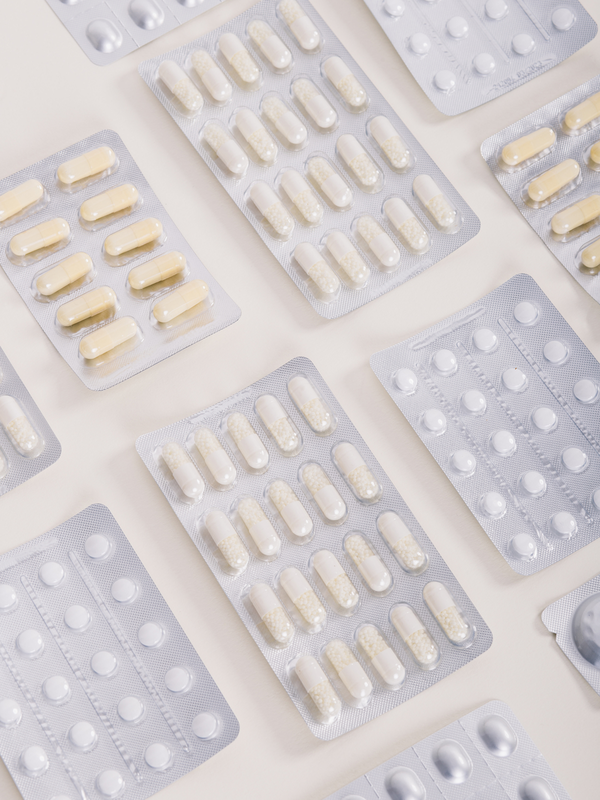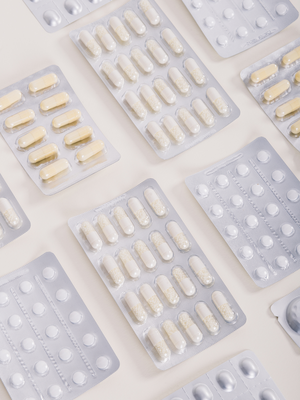
Could You Be At Risk Of Pre-Diabetes?
What exactly is it?
Also known as borderline diabetes, pre-diabetes is a term used to explain that someone’s blood sugar levels are higher than normal, but not high enough for them to be diagnosed with type 2 diabetes. Having high blood glucose levels can increase your risk of developing both type 2 diabetes and heart disease, although this isn’t inevitable.
“Pre-diabetes isn’t actually a clinical term which is recognised by the World Health Organisation. In fact, the American Diabetes Association has set the level for pre-diabetes at a blood glucose measurement of HbA1C 5.7% (39mmol/mol) but it is the only organisation which uses this criteria. In the UK there is no defined criteria for pre-diabetes or borderline diabetes,” explains Simon O’Neill, Director of Healthcare and Professional Liaison at Diabetes UK.
So why do some clinicians still use it? “We know that sometimes it can be useful when explaining your individual risk of developing type 2 diabetes. It emphasises how serious it is to have high blood glucose levels. Between 5% and 10% of people with pre-diabetes go on to develop type 2 diabetes each year,” says O’Neill.
What are the symptoms?
People with pre-diabetes do not usually have any symptoms – and even people at a healthy weight can have it. It can be diagnosed by blood sugar (glucose) tests, either a fasting test or testing after a sugary drink.
How do you get it?
There are three main things that contribute to becoming pre-diabetic, and the progression to diabetes:
What you eat: Being overweight affects the body’s ability to process sugar in the blood.
What you do: Long periods of inactivity (e.g. watching television all evening) reduce the ability of insulin to deal with sugar in the blood. By the same token, being physically active increases the efficiency of the insulin.
Your genes: Certain people are more genetically predisposed developing diabetes.
Some drugs such as steroid tablets, medication for schizophrenia and some blood pressure treatments such as diuretics and betablockers (in combination) may increase your risk of developing diabetes.
And how can you avoid or reverse it?
Being told you have pre-diabetes can be an alarming experience – but while it’s true that having the condition increases your risk of developing the disease and needs to be taken seriously, the good news is that it’s often reversible at this early stage. See it as a wake-up call to take action.
Making changes to your lifestyle is the best way to reduce your risk of type 2 diabetes – Diabetes UK says that around 80% of cases could be delayed or prevented through this alone. The charity recommend eating a healthy balanced diet, low in salt, sugar and fat and rich in fruit and vegetables, as well as being physically active. “Even if you’re not overweight, maintaining a healthy weight through eating well and being active is an important part of managing blood glucose levels and avoiding other health complications,” says O’Neill.
If you’re concerned about your health, visit your GP. And find out your risk of type 2 diabetes by using Diabetes UK online symptom checker.
DISCLAIMER: We endeavour to always credit the correct original source of every image we use. If you think a credit may be incorrect, please contact us at info@sheerluxe.com.








